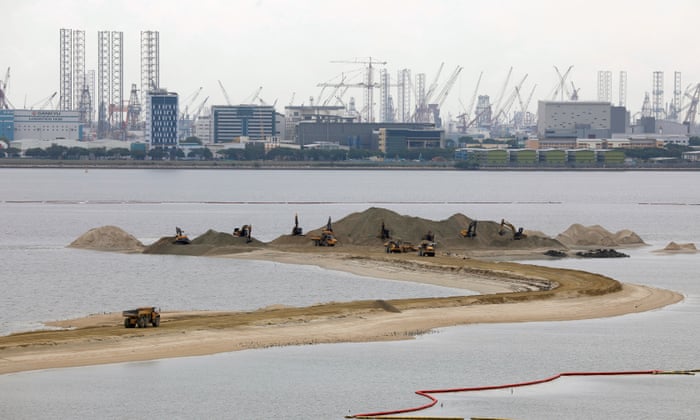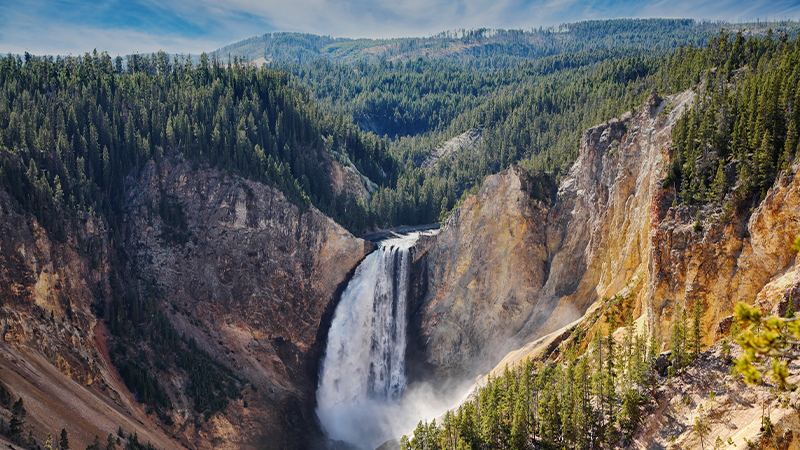Hello Everyone:
It is is lovely winter day to start a fresh week on the blog. First a little news. Speaker of the House of Representatives Nancy Pelosi (D-CA) is ready to transmit the Articles of Impeachment and chose managers for the trial in the Senate, that may start as soon as Wednesday. Meanwhile, we have some primary news: Register to vote, if you have not already. New Jersey Democratic Senator Cory Booker is the latest candidate to end his campaign. Pity, the Gentleman from New Jersey is quite a dynamic speaker. Troubling news from the Sanders campaign. According news reports, Senator Bernie Sanders (D-VT) told rival candidate Senator Elizabeth Warren (D-MA), as early as 2018, that a woman cannot win. Although the Sanders campaign is denying this report, it is quite troubling to read this from a man who believes in the feminist cause. Equally troubling is the report that some of the Sanders campaign workers are trashing the Lady from Massachusetts. Finally, a major international crisis has been averted (sarcasm alert). Her Majesty Queen Elizabeth II has agreed to allow the Duke and Duchess of Sussex to step back from their duties and live part time in Canada. Thank goodness, now we can move on less pressing issues, like climate change and world heritage sites.
| Australian fire map bbc.com |
...exchange experiences of things that have worked--and things that have not worked..(Ibid)
| Flooding in Piazza San Marco Venice, Italy abc7.com |
Venice is drowning. Venice, Italy, famed for its canals, is drowning from the worst flooding in 50 years. The rising waters have submerged most of the city, seeping into historic landmarks such as Basilica San Marco, the 1,000 church considered one of the best examples of Byzantine architecture. This risk to Basilica San Marco and other Venetian cultural properties is the filth and salt water that gets into the precious material, causing expansion, cracking, bubbling and explosion (Ibid). It is not simply a matter of doing replacements in kind with more resilient materials, it is a matter of taking adaptive measures.
Although unusually high tides--acqua alta (Ibid)--is a normal part of Venetian life, after all the city is built on a lagoon on the edge of the Adriatic Sea, but what is not normal is their intensity and frequency because the Mediterranean historically does not have significant tide. Be that as it may, as sea levels continue to rise, bringing the flooding with them this types of tide, flooding will become more common. Tara Law writes, "Experts say that climate change is likely to blame" (Ibid). However, implementing protective measures has proven difficult. Ironically, the Venetian city council vetoed a measure to combat climate change, just minutes before chamber flooded. Mother Nature had the last word.
| Mother Nature drops the mic Venice, Italy city council chamber commondreams.org |
Flooding is only one of the many consequences of climate change, threatening many sensitive areas and regions. Ms. Law reports, "There is a threat that is not often considered say experts--the damage from climate to the world's heritage" (Ibid). Natural and man-made cultural properties around the world are increasingly in danger of being fundamentally altered, damaged, or destroyed by climate change.Adam Markham, the deputy director of the Climate and Energy program at the Union of Concerned Scientists, told Time, "...that if the worlds wants to save these sites, countries will also need to share financial resources" (Ibid). Although cities as well-known as Venice can anticipate massive international support, the lesser-known cities have a more difficult time raising raising funds. Ms. Rossler added,
If cities have the engineering structure and the funds available, then they can do a lot to hold it back,... But particularly in developing much money to manage these cities or these historic sites, they are either dependent on international aid or they're just no going to be able to adapt (Ibid)
 |
| George Town, Penang, Malaysian theguardian.com |
Climate change will affect cultural property sites in dramatically different ways. Some places, like Venice, will suffer from flooding, others will be impacted by extreme weather events or rising temperatures. One example, George Town, the capital of the Malaysian state of Penang is facing rising sea levels, landslides, and typhoons with increasing severity.
George Town, a former colonial town and trading center, was famed for its multicultural heritage, evident in its architecture. However, the buildings are made from wood, which means they are highly susceptible rotting and insect damage if they get wet. Heavy rainfall caused by typhoons can lead to landslides, which flow downhill toward the historic areas, inhabited by people. To remedy the flooding, Penang announced plans to use a "sponge city model" (Ibid). The proposed project would "include connecting green spaces to help soak up and clean runoff and constructing water retention areas and rain gardens..." (Ibid)
| Underwater in the Great Barrier Reef Australia barrons.com |
Further, the Intergovernmental Panel on Climate Change has warned that if global temperatures increase by 1.5 degrees Celsius (2.7 degrees Fahrenheit), an estimated 70 to 90 percent of the coral in the world would decline. However, if global temperatures rise 2 degrees Celsius (3.6 degrees Fahrenheit), over 99 percent of the coral would disappear (Ibid). To protect the reef, Australia launched a program that includes a plan to combat coral-eating starfish and curb runoff. However, Mr. Markham is not so optimistic. He said,
...If you talk to the coral reef biologists who are actually there...The only we can save the Great Barrier Reef is by slowing global warming....Coral reefs will be devastated by climate change. There's just no doubt about that.
 |
| Yellowstone National Park Wyoming, Montana, and Idaho United States travelwyoming.com |
It's going to be an amazing ecosystem, but it's going to be a slightly different ecosystem (Ibid)
He cautions that the scientists and park rangers who want to protect the park will have to adopt a "go with the flow" (Ibid) approach. Any changes in the climate could create a domino effect many aspects within and without the park. For example, changes in the snow pack and melting rates can reduce the water flow in the rivers that the surrounding communities outside the region depend upon for drinking, agriculture, energy, and other purposes. Changes in the river flows can affect fish spawning and encourage more invasive species (Ibid).
The United States National Parks Service is working to ensure that Yellowstone can withstand climate change. For example, beetles and fungi have damaged the white bark pine trees in the park. Scientists are planting more fungi-resistant white barks however, the tree are likely to be placed in higher elevations as temperature rise, according to NASA's Earth Observatory (Ibid).
| Skara Brae Orkney Islands, Scotland orkneyjar.com |
Climate change also poses a threat to archaeological sites around the world. Among the more vulnerable sites are those along the coast such as the Neolithic village Skara Brae in Scotland's Orkney Island. The village was inhabited between 3200 and 2200 B.C.E., overlapping the construction of Stonehenge. Adam Markham pointed out the uniqueness of Skara Brae, "...while more European village of its age were made of wood, the village at this particular site was made from stone. That means it's possible to get a better glimpse of how people actually lived--..." (Ibid).
Be that as it may, sometime archaeological sites can be vulnerable after they have been discovered because they are exposed to the elements. According to Mechtild Rossler, in Skara Brae's case, the biggest dangers is that it can be literally washed aw ay. Although there is a protective sea wall, it is unstable and could be breached; the areas not protected by the sea wall erodes after storms. As we speak, scientists are working to document the extent of the danger to the site. Tara Law writes, "Experts say that some coastal sites could potentially be protected by sea walls, breakwaters and dune restoration" (Ibid). However because there are so many coastal archaeological sites like Skara Brae, implementing protective measures could be cost and time inefficient.
Climate change is the greatest risk we face today. Combating it requires cultural changes as well as protective measures. Believe the science and the scientists. Historically, climate changes all the time but only humans can change their behaviors to slow down the pace.
No comments:
Post a Comment